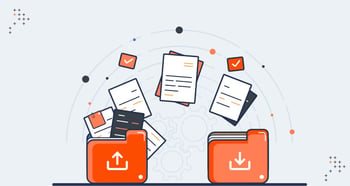|
Customer: An Office Supplies Company In partnership with:
|
Industry: Services:
|
Technologies: Tools:
|
|
Customer: An Office Supplies Company In partnership with: |
Industry: Services:
|
Technologies: Tools: Platform:
|
Turning An Idea Into A Product
Putting quality first, Axelerant engineers delivered a supplier-facing portal for Advance Velocity's national office retail customer. Close involvement of QA team members at every stage helped us mitigate risks and deliver a highly performant, user-friendly product.
About the customer
The customer is an American retail company that has served office supplies to businesses globally through office superstores, retail markets, postal, Internet, partner distribution networks.
|
70,000 employees |
1,500 stores |
33 years in operation |
Business Challenge
The customer needed a portal that would act as a unified hub for its suppliers, merchants and monetization teams. They offer many programs for suppliers to advertise themselves and improve their brand awareness and sales, and their Partnership Portal would not only allow them to attend/manage informative events but also act as a complete campaign management tool.
The portal needed to be built in a phased manner, starting with a basic supplier-facing website as the minimum viable product (MVP), to be launched in time for their Supplier Summit.
Their goals for each stage were as follows:
|
MVP: External/Supplier Focus |
Phase 1: Internal Process Focus |
|
A unified hub for the customer and their business stakeholders to communicate the variety and benefits of different programs, and improve brand awareness of stakeholders' products/brands. |
A unified hub for the customer and their business stakeholders to facilitate the workflow for campaign and event management, and to provide a central location for all files and reporting around these activities under a single platform. |
Business Challenge
The customer needed a portal that would act as a unified hub for its suppliers, merchants and monetization teams. They offer many programs for suppliers to advertise themselves and improve their brand awareness and sales, and their Partnership Portal would not only allow them to attend/manage informative events but also act as a complete campaign management tool.
The portal needed to be built in a phased manner, starting with a basic supplier-facing website as the minimum viable product (MVP), to be launched in time for their Supplier Summit.
Their goals for each stage were as follows:
|
MVP: External/Supplier Focus |
Phase 1: Internal Process Focus |
|
A unified hub for the customer and their business stakeholders to communicate the variety and benefits of different programs, and improve brand awareness of stakeholders' products/brands. |
A unified hub for the customer and their business stakeholders to facilitate the workflow for campaign and event management, and to provide a central location for all files and reporting around these activities under a single platform. |
Axelerant was approached by Advance Velocity to deliver this portal for the customer. While Advance Velocity handled high level requirement gathering, Axelerant was brought in for project management, technical leadership and implementation.
After a successful MVP, the team moved on to Phase 1, which exclusively involved the extensive ads and campaign management workflow.
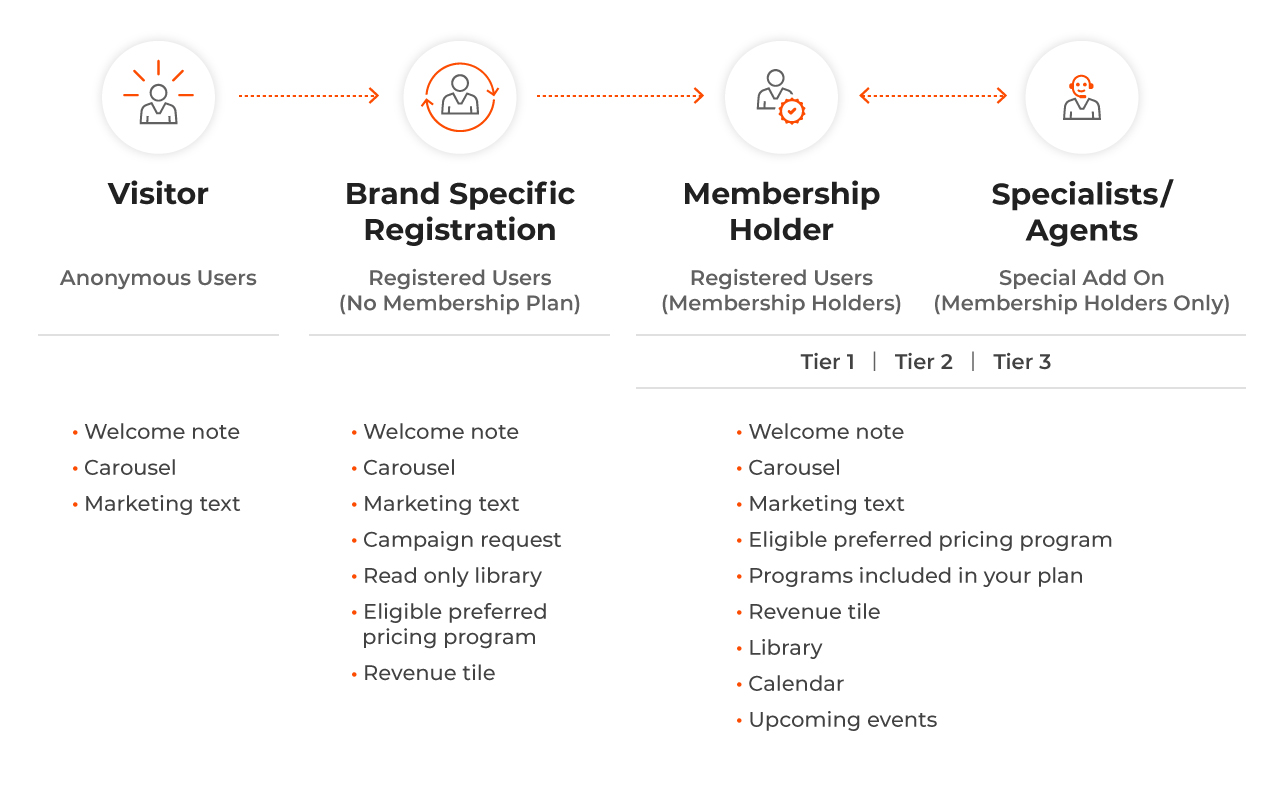
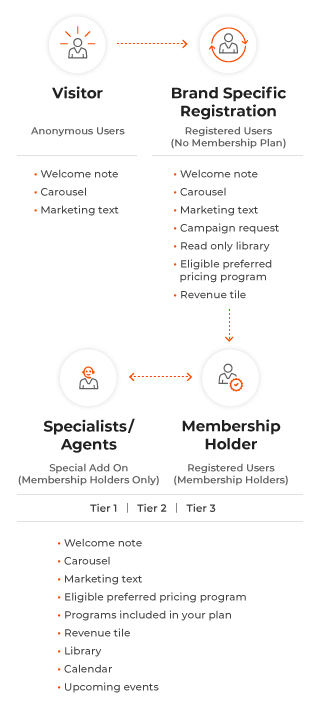
Above: Personalized “partner portal” journey design for clients of the customer.
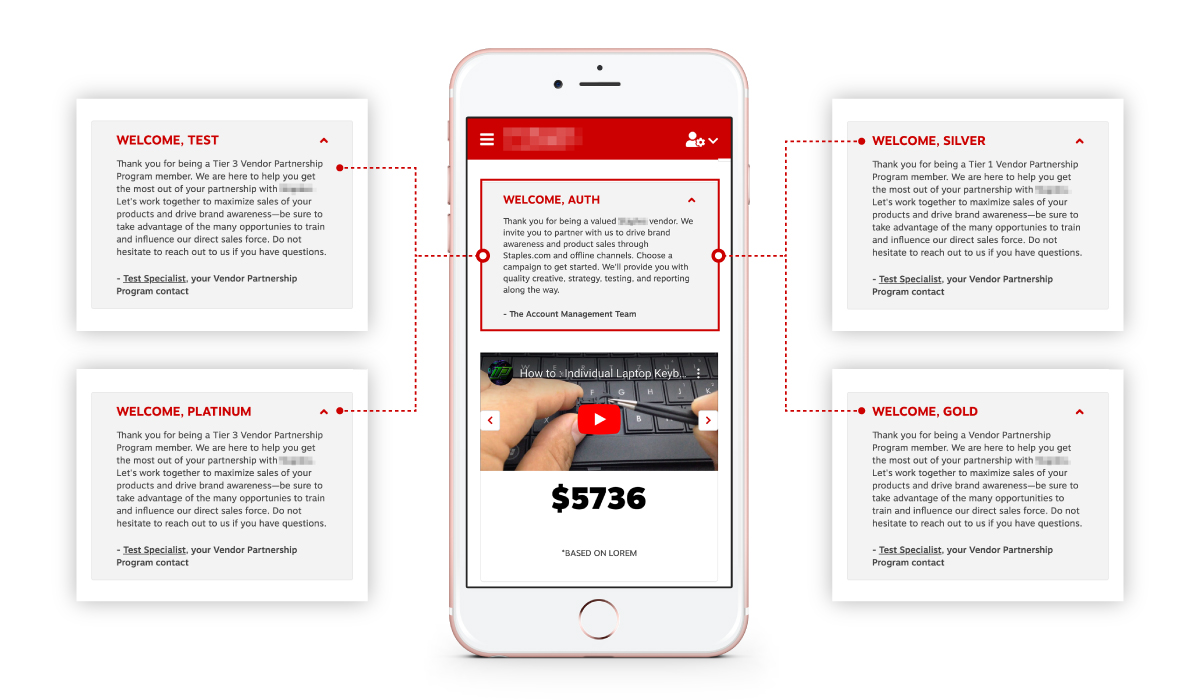
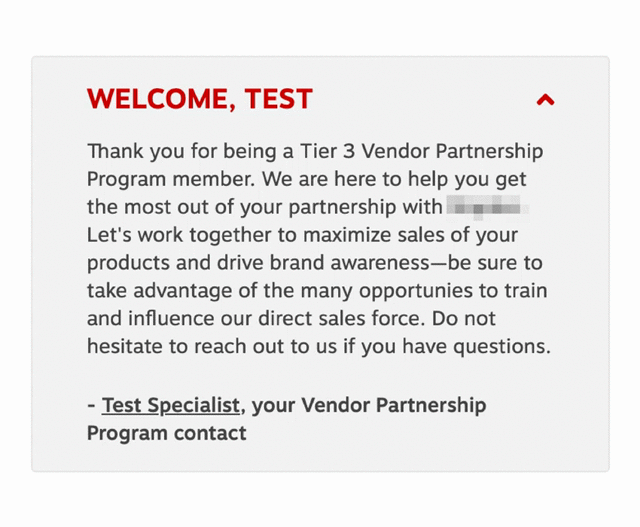
Above: Custom content blocks, specific to different user groups.
At each stage, our QA team members stepped into the product owner’s shoes, digging deep for greater clarity. Their analysis led to more and more questions, which, through discussion with the client, evolved into a clear set of requirements. This helped the product owner plan and deliver faster.
—Sreenivas KV, |
Results
The work delivered by our team met all expectations in terms of costs and timelines, and even exceeded expectations in terms of delivering additional change requests and keeping an eye on the long-term view. For the customer, this means a complete return on their investment.
—Bill Whitebone, |
Insights
What does the QA team do in each SDLC phase?
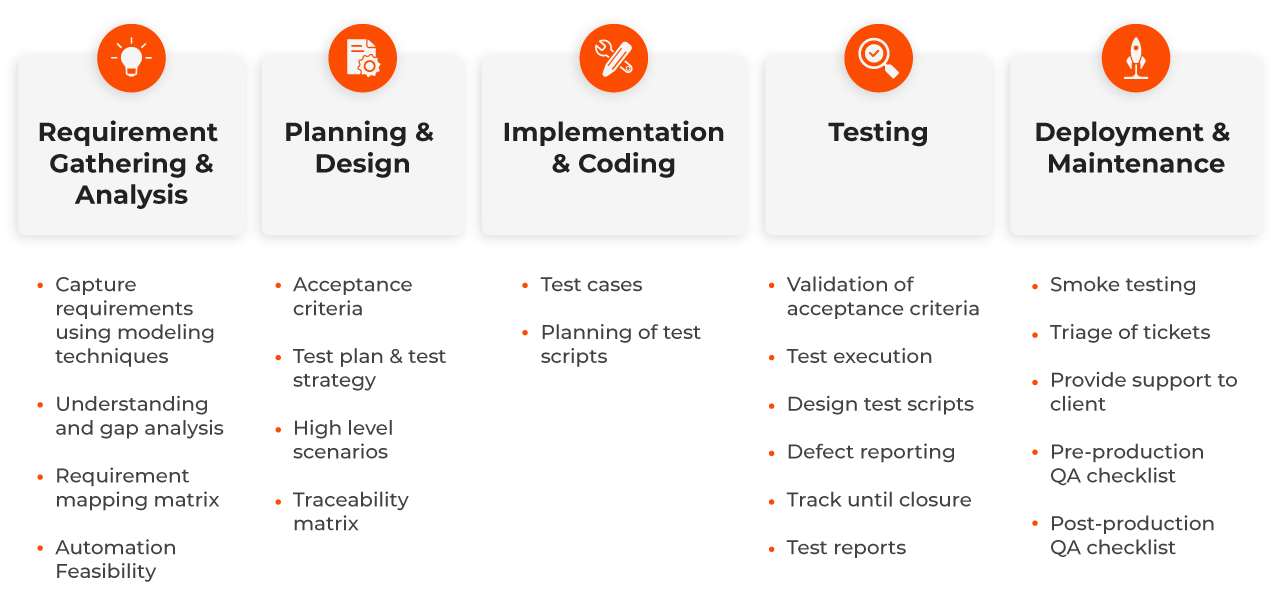
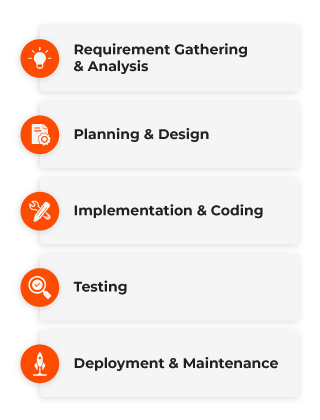
The Role of Quality Assurance
QA engineers are the bridge between users and the end product. Their role involves considering performance, usability and the experience of using the product.
While business and technical requirements may make their own conflicting demands on developers, QA’s role involves preventing tunnel vision from taking over, and being faithful to the end user’s needs above all.
By involving QA at the very start of the project (instead of during the implementation stage, as many agencies do), we were able to mitigate the risk involved for the client in planning and service delivery, and deliver a high quality end product.
—Shweta Sharma, |
Project Highlights
Providing valuable consultative input
Once they received the initial broad set of requirements, our QA team members began intensive querying to clarify the requirements. They segregated queries by phase, identified the roles that were needed in each phase, and drilled down further to identify ambiguities---making sure that the requirements had been interpreted correctly.
Considering that the cost of fixing an issue is exponentially greater as we move down the phases of the software development life cycle (SDLC), this helped the customer minimize their total cost of ownership. Potential issues were resolved before development had even begun.
Focus on scalability
Next, our technical architect designed a solution around the entire system. As the requirements were clarified, the team was able to design the architecture keeping in mind the needs of later phases of the project. This was important, as otherwise, huge changes would have been needed, raising the cost of the project.
Risk mitigation during sprint planning
With flow diagrams and wireframes in place, the QA team played the role of Scrum Master on a rotating basis. They planned the sprint and created a product backlog, dividing requirements into epics and stories, grooming tickets while following the INVEST rule, and populating them with acceptance criteria. They used their knowledge of the overall system to ensure that sprints were planned effectively. Not doing so could derail the project and cause costs to shoot up.
Effective Result
Carefully developed test cases written by the QA team helped ensure that aspects that may have been missed in the business-focused acceptance criteria and the more technical implementation details would be covered during testing. This reduced the probability of the ticket needing to be reopened later.
Further, effective triaging of reopened tickets by QA helped prevent scope creep and change requests from being pulled into the sprint. User acceptance testing (UAT) was completed with positive results.
We also created a manual to help end users navigate the portal easily.
Fluid Communication
Another advantage with involving QA at an early stage is the rapport and relationship that grows between developers and testers when everybody knows what to expect. Nobody is caught by surprise as they would be if things were to come to QA later.
If developers see some gaps, they know who to ask, because QA has already had their hands on it. In this way, this approach helped minimize a number of loopholes that could otherwise impact delivery schedules.







